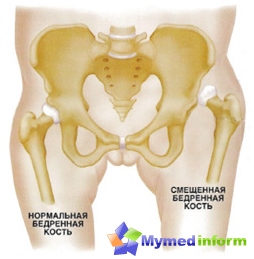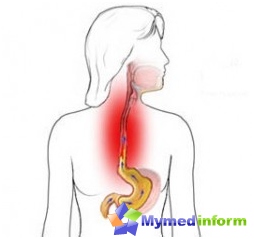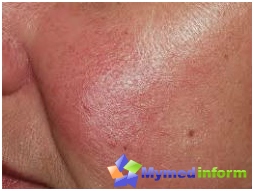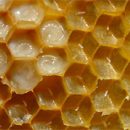Opinions of modern medicine regarding the origin of psoriasis are ambiguous. They are reduced to various judgments: to genetic predisposition, to mental injury, as well as violation of the functions of the endocrine system and metabolism. Currently, there is also a hypothesis about the influence of viral factors on the occurrence of this disease, but none of the versions are considered to be generally accepted. It should be added that patients have not only skin changes, but also transformations in other systems and internal organs.
Definition
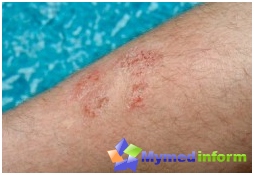
Psoriasis is one of the most complex and common dermatoses, which have a tendency of both incidence of morbidity and an increase in the number of different forms of manifestation. The diagnosis determination is made by visual skin research, in the case of atypical rashes, biopsy is appointed as an additional study. Numerous forms of this disease are divided into two main categories.
Pustular psoriase Combine the following forms:
- generalized psoriasis von Tsumbush;
- Palmoplantary Pustulose, usually located on the limbs;
- annular psoriasis;
- persistent acrodermatitis, developing on soles and palms;
- Herpetyiform impetigo.
Non-loose psoriases include:
- ordinary plain or vulgar psoriasis;
- Psoriatic erythrodermia.
In addition, many authors identify such additional forms of this disease as:
- seborine-like;
- drug-induced;
- psoriasis of skin folds and flexing surfaces;
- Diagnosis of Nakkin.
Symptoms and etiology

The process of appearance of psoriasis, as a rule, begins. It manifests itself in the form of small papules (nodules) of red-pink color coated with peeling silver-white scales. These formations quickly increase, forming plaques. When combing Papul, first flakes, then a brilliant smooth surface is formed, which is very vulnerable to different bunches, leading to the further appearance of blood droplets. Such education, depending on the specific form of the disease, can occupy fairly extensive areas of the skin. Most often, these rashes occur on their knees, elbows and head, but it should be borne in mind that they can manifest themselves in different parts of the epidermis. At the same time, the overall health of the patient and his well-being psoriasis does not affect.
A significant role in the pathogenesis of psoriasis play violations of the immune system. Clinical method is proved that skin lesions are accompanied by a significant influx of activated T-lymphocytes. Their excess migration from peripheral blood in certain areas of the skin can cause a lesion of healthy epidermis patients with cells. This process can be carried out by converting cytoplasmic membranes, stimulating migration in the epidermis, as well as increased grip with endotheliocytes.
Treatment
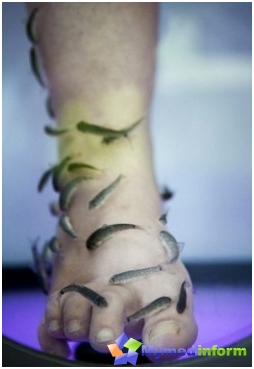
Psoriasis can have three clinical stages: progressive (the appearance of fresh nodules), stationary (stable breaking of papules) and regressive (resolution of the disease, accompanied by the disappearance of papules). It is believed that it is not possible to completely get rid of this disease today, but there are a number of productive methods of treatment and effective drugs that allow control of outbreaks of disease and significantly mitigate their manifestations.
Psoriasis treatment is primarily aimed at stopping the growth of epithelocytes and suppress the inflammatory process. For this purpose, depending on the form of the disease, its prevalence and stage of development, an individual course of treatment is appointed, taking into account the age, gender and the overall state of the patient's health.
In the treatment of light forms of the disease, it is usually enough to use tar, salicylic or any other softening ointment and naphtalana drugs. Heavy, launched psoriasis forms require comprehensive treatment with systematic use of anti-inflammatory, desensitizing and disinfect drugs, as well as various physiotherapy methods. One of the most effective methods of treatment of psoriasis is currently considered photochemistry or pre-therapy.
Treatment of any form of psoriasis is usually accompanied by the use of exfoliating and resolving ointments, the use of soothing agents, paraffin, ultraviolet irradiation, hormone therapy, as well as the use of vitamins such as «A», «IN 1», «AT 2», «AT 12». During the treatment of psoriasis, patients must completely abandon the use of alcohol and resolve their food diet, while reducing the use of acute and oily food. Limitations are also subject to products that include easily durable carbohydrates: sugar, honey, jam and t. D. A significant advantage of such a diet is a positive impact in the process of treating proteins of different origin, both animal and vegetable.
Psoriasis can manifest themselves after quite long intervals. It has a wave-like flow of exacerbation and subsorative periods. It is noted that most often the exacerbation of the disease occurs in the fall and winter, and much less often in the summer. In general, the forecast for patients with psoriasis is favorable, with the exception of the psychological factor. In severe forms of the disease, the formation of difficult-scale scars is possible. On the course of psoriasis may have an unpredictable effect of pregnancy. During the baby tooling, women should not use hormonal ointments and avoid systemic therapy. MyMedinform.COM reminds that as in the treatment of any other disease, the most effective method of treating psoriasis is to prevent its appearance. Therefore, people having a predisposition to this type of dermatosis should always be remembered.



